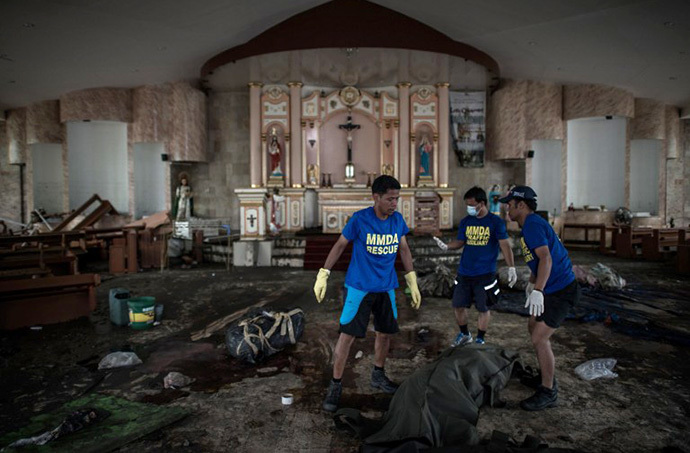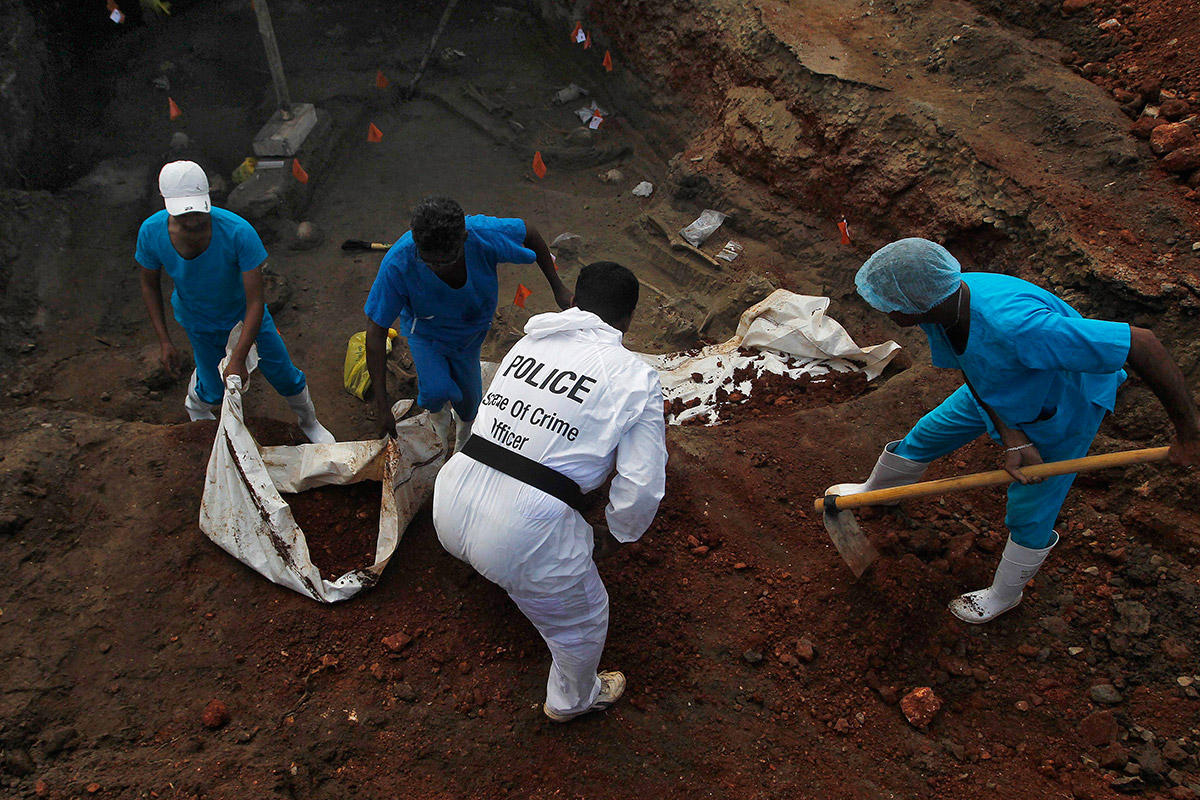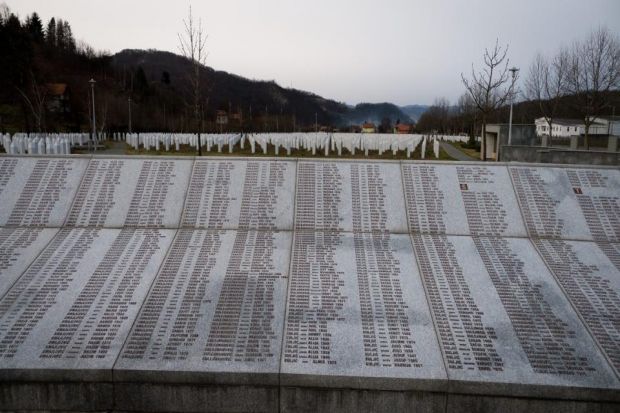
The flight took off from Moisant Field at 2:01 a.m. on its way to Atlanta. It was lost from radar screens just nine minutes later. A worker on a dredge anchored in Lake Pontchartrain saw a greenish light. And on the north shore, in Mandeville, Mrs. R.C. Smith heard a bang. Nearby, a young couple momentarily paused the Beatles record spinning in the living room: a sound like thunder had, momentarily, drowned out the sound of the 1960s.
"What was it?" Ella Rogers asked her boyfriend, Craig Knight.
Then they put the record back on.
"It" was the crash of Eastern Air Lines flight 304, a jetliner capable of carrying 126 people, crashing into Lake Pontchartrain five miles west of the Causeway, killing all 58 on board - Feb. 25, 1964. The event, 50 years ago today, marked the first jet liner crash in New Orleans history - a day that weaned the city from the heady days of commercial air travel's infancy into a stark new reality, recalled aviation historian Vincent P. Caire.
"It was a brand new, a relatively new jet aircraft. Everyone was very proud of it," Caire said. "It was the first big DC-8 crash, the first in New Orleans, and it exposed a very significant problem."
Though investigations have since uncovered the mechanical failure that caused the crash, it went down in local lore as something of a mystery. Investigators stopped seeking wreckage 45 days later, after uncovering a reported 56% of what they had expected to find. But where was the rest of the aircraft? Where were the remains of 26 passengers - to this day not identified?
Where the aircraft crashed, five to seven miles south of Mandeville's shore, the water was 15 feet deep. Recovery workers blamed the silt layers below for swallowing the evidence; they said the plane could be as far as 50 feet below the water's surface.
Still, investigators did find evidence: the co-pilot's jacket - with the name "G.W. Newby" stencilled on; a hand-tooled leather purse; a child's red coat; two tires; a doll. They filled a hangar at the Lakefront Airport with what was found, including the remains of 32 bodies.
"The last thing we picked up was a child's red coat," Lt. Dennis G. McDaniel told The Times-Picayune on Feb. 26. "Just a short distance away we spotted the doll. We headed for the doll but the fuel was getting low. So we left it floating there in the water."
Grieving for 50 years
The plane could carry 126 passengers but on that night was only ferrying 51 and a crew of seven. Among the lost was 21-year-old Barbara Delane Norman, of Atlanta, who had rebelled against Eastern Air Lines' policy of not allowing married stewardesses; on the day of her death, she had been married for three days.
She was on board to serve Marie-Helene LeFaucheux, 59, another pioneering woman. The French delegate to the United Nations during World War II, LeFaucheux had fought the Nazis in the French resistance effort - work that earned her France's Legion of Honor award and a spot on the U.N. Commission for Human Rights. She was one of the 15 founding members of the U.N. Commission on the Status of Women.
Alongside LeFaucheux was Kenneth Spencer, 51, a well-known concert singer who had been en route to perform in New York before a delegation of the NAACP. Born in Los Angeles, Spencer had forged his career in Hollywood to land a role in the 1946 Broadway revival of "Show Boat." Onstage, he played "Joe," the riverboat worker whose deep bass leads into the musical's most lasting ballad: "Ol' Man River."
Also on board were five victims from New Orleans -- a 23-year-old graduate of Newcomb College, flying back to New York for work at a bank; a 66-year-old engineer who left behind a family in Harahan on the eve of his retirement; a 38-year-old freight executive from Chalmette; and a 50-year-old man who died on the way to his mother's funeral.
The fifth local victim was Patrick Kane, an engineer and the father of a junior in high school. Asleep on the night of Feb. 25, Patrick Kane II recalled that his mother woke him, to say, "Dad's plane is missing."
In the days, months, and years afterward, the tragedy has touched Kane's life. "It's been over 18,000 days since that night, and I think of him pretty often," Kane said. "I guess there's no good time to lose a father, but I think at that age - when you're in sort of a transition from a teenager into a college student, and then a career -- I guess it, really -- it changed my perspective."
The mechanical failure & the mythology of the mystery
When it went down, Flight 304 was puddle-jumping from Mexico City, to New Orleans, to Atlanta, to Washington D.C., to New York.
The cause of the crash was a single mechanical part, which had been removed 15 times from various Eastern aircraft for problems, before being installed into the plane carrying Flight 304, said David Lee Russell, author of "Eastern Air Lines: A History." It was scheduled for maintenance at Kennedy airport -- the plane's final scheduled stop. The problem part was a flap mechanism -- a "pitch trim compensator" -- that could be raised or lowered to control a plane's speed. The investigation found that the flap was in the wrong position as the aircraft gained height, and the crew was unable to scramble to push it into the correct position. Rising winds might have made the issue worse. At around 1,500 feet over Lake Pontchartrain, the crew lost control of the airplane, Caire said.
Due to the accident, the pitch trim compensator on all DC-8s were investigated, Caire recalled. The issue did not hamper the DC-8's reputation as a reliable plane, he said, and even today DC-8s are used as cargo carriers.
But in the history of Eastern Air Lines, the flight marked a turning point, Russell said. In the wake of the crash, the company's new vice president of maintenance overhauled the entire program, hiring 300 new mechanics and leasing reserve aircrafts - so that an airplane that needed it could be repaired at leisure without threatening to cancel flights, Russell explained.
"For Eastern Air Lines, it was an indictment of the mechanical program," Russell said.
Though the April 14, 1964 issue of The Times-Picayune published an editorial, in which, "No intimation has been given that the disintegration owes itself to anything other than force of impact in water and soil," the article also mused on the incident as "a designated mystery." The only answers to the crash, really, the editorial opined, existed in "the lake's secrets."
Those secrets might have been revealed by the flight's recorder, which was partially recovered. Unfortunately, the recovered portion was blank, chief information officer for Eastern Airlines Jack Yohe told The Times-Picayune.
To investigate the crash, the FBI stepped in - joining the Coast Guard, a staff from Eastern Air Lines, and a 14-man investigation team from the Civil Aeronautics Board. An FBI spokesman told The Times-Picayune that the bureau sought "to develop any information indicating a possible violation of federal law."
Less than four months after the assassination of President John F. Kennedy, the lack of debris found, the missing recorder, and the FBI's strong arm seemed to mirror a lack of autopsy evidence surrounding death of a president, recalled James W. Bailey, who investigated the crash as part of an art piece, spurred by the ghost stories his mother-in-law would tell around the table of the "missing plane" to shock guests.
After hearing the story "more than once," Bailey said, he sought to investigate the crash in his own way, only to draw connections to how New Orleans had dealt with the assassination of Kennedy. He said that around the crash, one could point to connections that appeared to go very deep, in the same way District Attorney Jim Garrison had sought to find connections between Lee Harvey Oswald and other New Orleanians. "This crash took place shortly after the Kennedy assassination, which of course was huge news in new Orleans," Bailey said. "I started seeing connections there. Not factual. But mythological connections."
As Bailey started asking New Orleanians about the crash, he said he heard the same story over and over: that the plane had crashed, and never been found. "All of them had the impression it had never been found when in fact, they did find it," Bailey said. "It's a very popular myth in New Orleans. This myth got generated that nothing was ever found."
"When you get down to it, an airline crash is a very factual investigation," Bailey said. "This is a kind of controversial statement, but my experience living in New Orleans is that New Orleanians treasure mythologies."
To Caire, the aviation historian, conspiracy theories on the flight's disappearance are "all baloney sausage," he said. "It had a mechanical failure, it hit the water, it disintegrated, and a lot of people lost their lives."
The crash lingers today
Though Eastern filed for bankruptcy in 1989, it is now seeing a rebirth. In January, a group that had purchased the rights to the Eastern name announced plans to revive the company, to be based out of Miami.
On Airline Drive in Metairie, Eastern Airlines still exists in a static form. At the Garden of Memories, a plaque surrounded by a hedgerow lists the names of the 32 victims whose remains were never identified.
"Every now and then we'll have a family member here who says, 'I remember that plane crash,'" said Marion Lyons, the sales manager of Garden of Memories. In the last decade, however, visits have fallen off, Lyons said. "I hate to say it like this but people just kind of lost interest."
Several years ago, Caire recalled being contacted by the daughter of a man who was killed on board, when she was only an infant. "I was personally so touched," he said.
Bailey, the artist, became fascinated enough with the crash to pull files from the New Orleans Public Library, where he found a trove of letters written by the families of victims, asking for their loved ones' remains. Bailey wrote back to the return addresses, sending along a book he compiled of pasted evidence he had found in the archive and interviews with major characters associated with the investigation.
"I heard back from three of them," Bailey said, of the families he sent it to. "They sent thank you letters."
Patrick Kane II has moved on from the tragedy, though it also has shaped his life. He said his father always had plans for the two of them to go into business together. And now Kane II works in Lafayette at a machine tool distributor alongside his own son, Patrick Kane III.
"That part of my dream - being in business with him - I've followed in those footsteps," said Kane, now 66. "In fact, my son is buying me out."
Tuesday 25 February 2014
http://www.nola.com/traffic/index.ssf/2014/02/50_years_after_the_plane_that.html
































